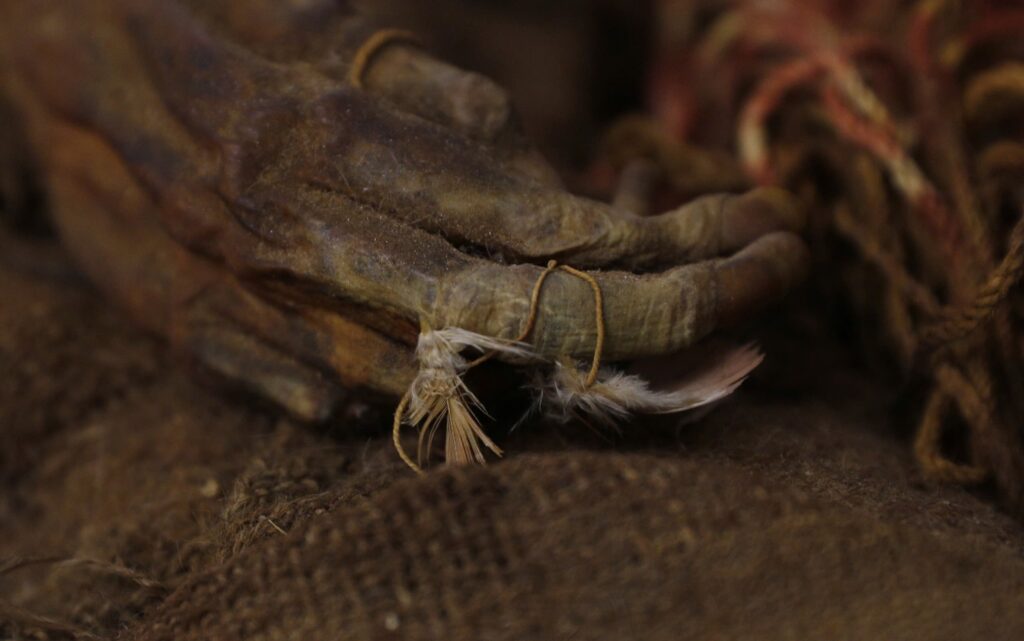In a significant event for cultural heritage, a 500-year-old mummy of an Incan girl named Ñusta has returned to Bolivia after 129 years at the Michigan State University Museum. This is the first time human remains of archaeological importance have been repatriated to Bolivia, marking an important step in international cooperation and respect for cultural heritage.
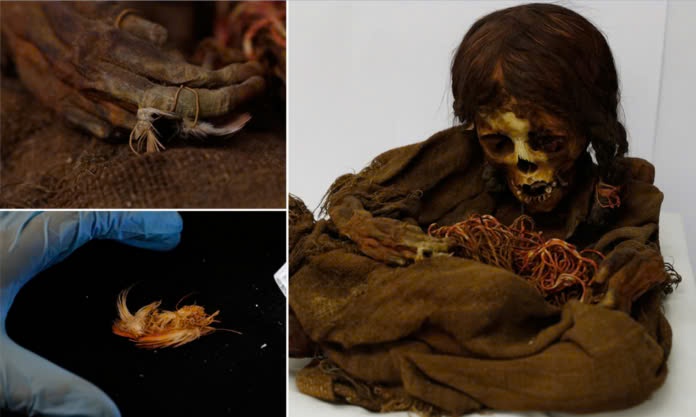
Who is Ñusta?
Ñusta, which means “Princess” in Quechua, has captured the attention of many due to her remarkable preservation. With her black braids and small feathers still in her hands, she offers a fascinating glimpse into Incan burial customs. She came from the Andean highlands near La Paz and lived during the final years of the Inca civilization, before Columbus arrived and the Spanish conquest began.
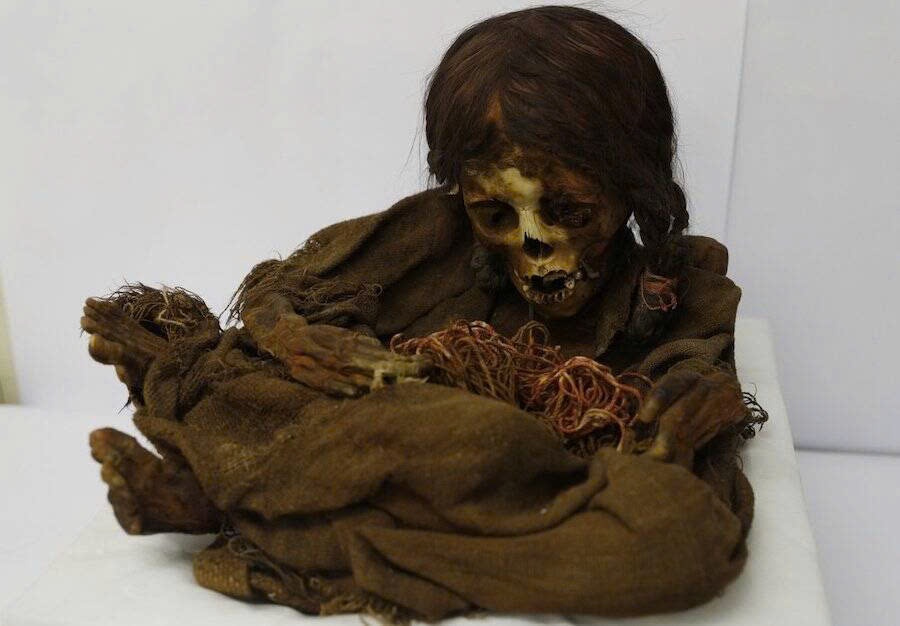
The Royal Mystery
Though she is referred to as a princess, the true details of Ñusta’s royal status are still unknown, pending future DNA tests. Radiocarbon dating indicates she lived in the latter half of the 15th century, adding to the mystery of her identity and life.
The Journey Home
With help from the U.S. Embassy in La Paz, Ñusta has made her way back to Bolivia. Experts from Bolivia and around the world plan to conduct new studies by November. Her funerary objects will also be shown to the public during the Day of the Dead celebrations on November 2nd.
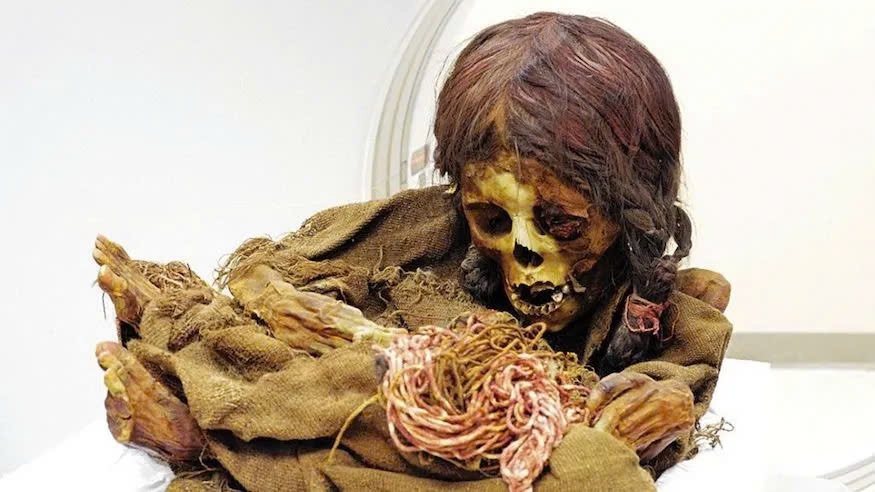
Cultural Significance
Culture Minister Wilma Alanoca highlighted that this repatriation is unprecedented for Bolivia, marking the country’s first recovery of human remains. This event not only has great cultural importance but also opens new paths for understanding Incan civilization.
Insights into Andean Beliefs
Ñusta is believed to be from the Aymara Pacajes ethnic group. She was buried with various items like sandals, a clay jar, pouches, feathers, and plants such as maize and coca. These offerings provide valuable insights into the beliefs of the Andean people regarding life after death.
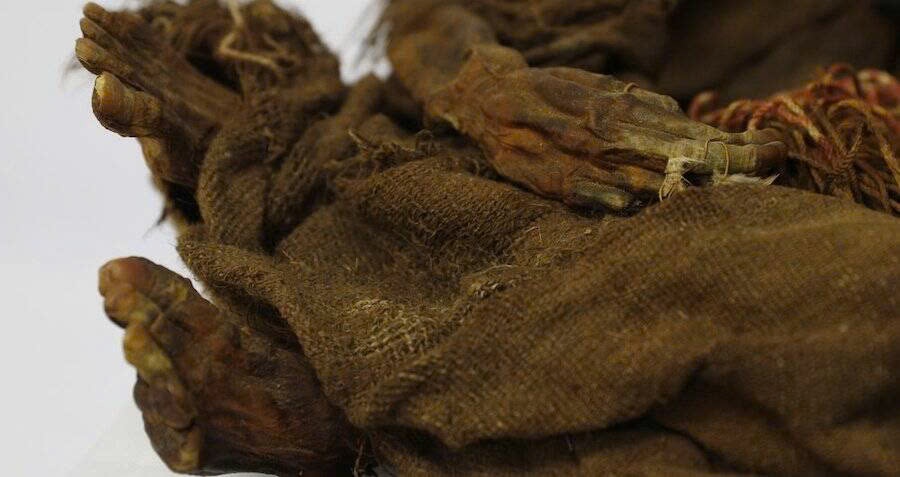
Ongoing Research
Currently, Ñusta is kept in a refrigerated chamber at the National Archaeology Museum in La Paz, where she continues to be studied and preserved. Her burial dress, made from llama or alpaca fibers, along with other well-preserved artifacts, gives researchers a unique chance to explore lesser-known aspects of Incan and Aymara cultures.
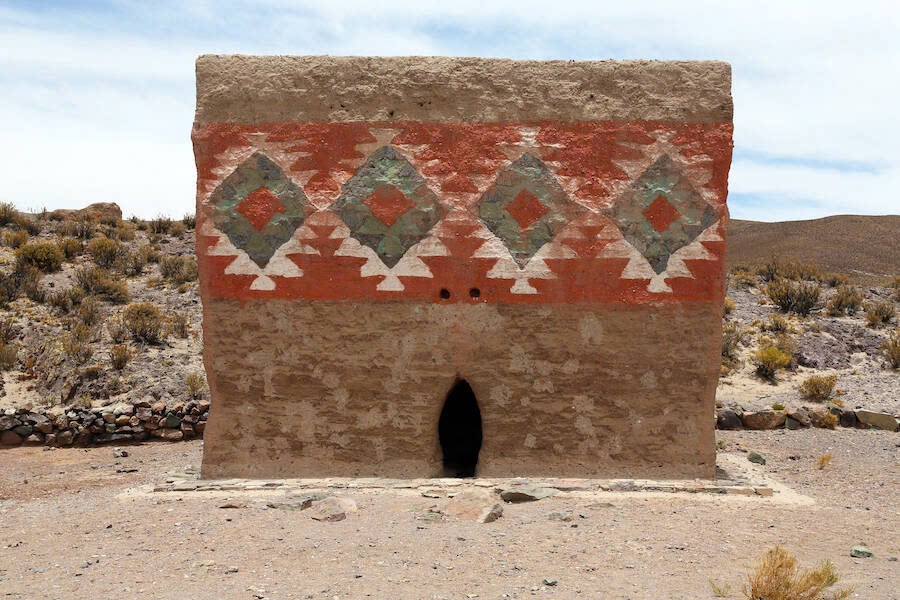
A New Chapter in Cultural Heritage
The return of Ñusta is more than just bringing back an artifact; it reflects a growing global commitment to respecting and preserving cultural heritage. As research continues and new information is uncovered, Ñusta’s story will deepen our understanding of the Incan civilization and its lasting impact, while fostering stronger international partnerships in cultural preservation.
